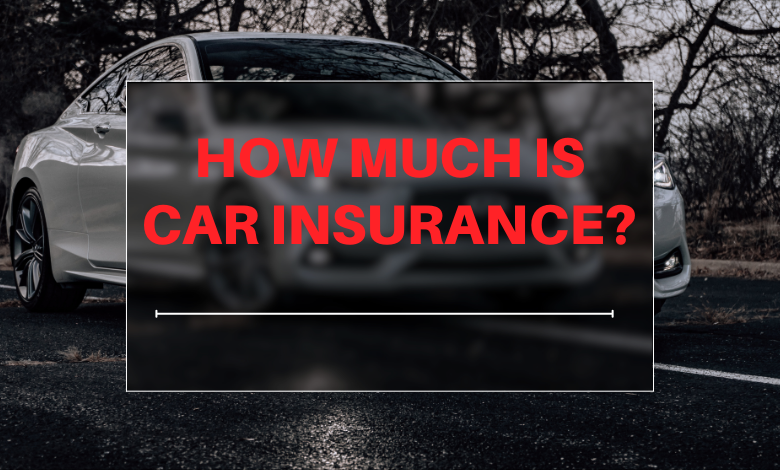How Much Is Car Insurance ?

Car insurance is required by most states and provides financial protection in the event of an accident. It typically consists of minimum liability coverage plus personal injury protection (PIP) and collision and comprehensive coverage with $500 deductibles, on average.
Many factors influence your rate, including: age, location, driving history and credit. But rates also vary by insurer and policy type.
Gender
Gender is one of the factors some insurers use to set car insurance rates. Drivers who are cisgender—people who identify as the gender they were assigned at birth—typically pay rates that correspond with statistical data on how likely they are to get into a crash.
But gender has less of an impact on car insurance prices than other factors, including age and driving record, according to the online comparison site The Zebra. It’s also worth noting that women pay more than men for car insurance in 21 states and the District of Columbia, although that gap disappears after drivers turn 25, The Zebra found.
That’s why many transgender and nonbinary people struggle to find affordable car insurance. California recently became the sixth state to ban gender as a factor when setting auto insurance rates, along with Hawaii, Massachusetts, Michigan, Montana, and North Carolina.
Age
Car insurance rates typically go down as drivers gain experience. However, the savings aren’t as large as you might expect. On average, it costs a 20-year-old driver about the same to be on their parents’ policy as it does for them to buy their own coverage.
It’s also often cheaper to buy a cheap car and opt for minimum coverage rather than a more expensive vehicle and full coverage. Many lenders require you to carry a full coverage policy when financing or leasing a vehicle, though.
Teens pay the most for car insurance of any age group, with teenage male drivers paying nearly twice as much as teenage female drivers. But at around age 25, the gap narrows. On average, drivers in their 30s pay 25% less than they did in their twenties.
Credit
In most states, your credit-based insurance score influences the amount you pay for car insurance. Getting your score up, even marginally, could save you hundreds in annual costs.
Insurance covers property, medical and legal expenses after an accident, but the cost varies across states. Bankrate’s insurance editorial team has analyzed rates to show you how much your state pays on average for full coverage car insurance.
Changing your score from Very Poor to Exceptional, for example, could result in savings of 114% or $1,537 per year. Keep in mind, however, that your rate varies by insurer and you can also lower rates by choosing different coverage limits and higher deductibles. The best way to optimize your auto insurance is by shopping around. Then, shop around again periodically.
Where you live
The type of coverage you choose impacts how much car insurance you pay. Full coverage costs more than minimum coverage, but it also covers more expenses in the event of an accident.
The state and city you live in affects your rate, as insurers weigh different risk factors in each location. For example, urban areas have higher crash and theft rates than rural zones. Additionally, some states require no fault auto insurance laws or extreme weather conditions that lead to pricier rates.
Several ways to lower your premiums include taking a defensive driving course, being a good student and avoiding at-fault accidents or DUIs. Discounts can also help, such as those for paying in full or bundling policies. For example, USAA offers discounted rates to active military and veterans, while State Farm and Erie Insurance offer discounts for drivers with clean records.
Type of vehicle
Car insurance is more than just a legal requirement or an additional expense. It provides financial protection in the event you’re found liable for property, medical or other damages. It’s important to understand what each type of coverage entails before you buy it.
The make and model of your vehicle can affect your rates. Expensive cars typically cost more to insure than less expensive models. Insurers may also consider the vehicle’s age and your driving record when determining rates.
You should always get more liability coverage than the minimum required by your state. The minimum limits can be woefully inadequate in the event of a serious accident with multiple injuries or a large amount of property damage. Liability coverage limits are often listed in ratios like 50/100/25, meaning up to $25,000 per person for injuries and property damage you cause, and $100,000 total per accident.




